Essential Design Considerations For A WordPress Website
Last Updated: March 19, 2025

Building a high-performing WordPress site for your business is a bit more involved than many understand. On one hand, it’s relatively easy to get started with, but on the other, it’s a complex piece of installed software that has been in development by a large open-source community for more than 15 years.
I’ve worked with WordPress on and off throughout my career, but have been much more involved with it since starting Tortoise and Hare Software more than 7 years ago. I learn something new about its feature set regularly.
With that complexity comes considerations that are easy to let slip under the radar and that can significantly erode the value proposition of choosing WordPress in the first place. In today’s post, I’d like to cover some of the essential pages and templates you should consider when building a WordPress website for your tech company that can help you maximize your investment when working with an agency to build a website.
Key Assumptions For Your Website
Before I dive in I’d like to establish a couple of key assumptions that inform the rest of this post.
- You have a blog, or plan to have a blog in the near future
- You’re not going to use WordPress for any key software, such as within a SaaS business model
- You will be regularly investing in the ongoing development of your web infrastructure
Incorporate Blogging
These are important assumptions and if you don’t meet these criteria chances are WordPress is not a fit. WordPress at it’s core is a blogging platform and if you aren’t going to be blogging, then chances are you’re better off building a static website or going with something simpler like Squarespace or Wix. You won’t be taking advantage of the majority of the features WordPress offers without a blog and it won’t be worth the overhead of complexity and reduced site speed that a dynamic platform like WordPress comes with.
Skip The Software
WordPress is not a great platform to build any key software functionality. It’s hard to distinguish the difference between web development and software development if you aren’t a developer, a short explanation is that WordPress is great at managing web content, but not at processing complex business rules and building productized software.
Most of the technology companies I have worked with that leverage WordPress for their marketing websites install their SaaS product on a subdomain. They then use calls to action such as “Signup Now” or “Start Your Trial” that link to the subdomain where the line between the website and software product is drawn.
Ongoing Content Development
Our last key assumption is that you are going to be investing in the development of your website on an ongoing basis. Aside from blog posts, you should also have plans to have ongoing content development such as new PPC landing pages, lead magnets and other offers, service description pages, events, etc. WordPress is highly scalable in the way that it can manage a lot of content. This includes things like web pages, blog posts, images, videos, pdf, form submissions, and other types of web content. Choose WordPress when you want to scale your digital marketing operations and marketing content production on the web.
Essential Design Elements Of A High Performing WordPress Website
Now that we’ve got some key assumptions under our belt, let’s talk about some of the key design elements of a high-performing WordPress website.
- Header
- Footer
- Home Page
- About Page
- Contact Page
- Inner Page Template
- PPC Landing Page Template
- Blogroll Template
- Category/Tag Page Template
- Single Post Template
- 404 Page
- Search Page
- Search Results Page
Wow! That’s 13 design considerations and over 10 types of pages or templates that need to be designed before even talking about the content that goes on them.
The good news is that most WordPress themes will have a base version of most of these designs already done for you. The bad news is that none of them will really be on brand or customized in any way and theme developers often get lazy on some of the less visible templates like the search and 404s pages. For any serious business with an established brand, there will need to be customization to make sure that templates are on brand and meet style guidelines.
Since I’m sure after reading that list, you have questions, I’ll now take a moment to dive into each of these pages/templates, what they are, and why you need one.
Header Template
The header is going to be the section of the website at the top of the page before all of the content. There are numerous types and styles of headers on a website, but the core elements are the presentation of the brand/logo and the core navigation for the website.
Since this will be present on nearly every page of the website, it’s important to think carefully about what information is contained in the header. It will be the first thing seen when a user visits, so you want to make sure that you’re promoting the most relevant content to them, such as a primary call to action, site search, and key pages to navigate to.

Footer Template
The footer is going to be at the bottom of the page on nearly every page of the website. Footers are interesting because they are going to be at the bottom of each page after the page’s content has been consumed. These are key chances to add calls to action such as a contact form, or additional navigational elements that encourage users to continue browsing. They also present an opportunity to reinforce the brand with unique accents and coloring in the design elements.

Home Page
The home page isn’t always going to be the first page seen by visitors of your site, but it’s going to be the most highly trafficked page in 90% of cases. It will be the first page seen by many visitors, and it will participate in almost every multi-page conversion journey.
The home page should be the most unique page on your website and extra time should be spent on designing it to put the brand’s best foot forward.
Competitive companies often incorporate custom vector graphics, motion graphics, or videos above the fold to make sure visitors continue browsing and establish a relationship with the brand.
This NYC-based design agency has one of best above the fold landing experiences on a home page I’ve come across. (Visit the site to see the motion graphics)

About Page
The about page is often the second most trafficked page on a website and deserves some special attention as well. The majority of your website should be about what your customer wants to find, see, or hear, but the about page is a good chance to tell your company’s story and get a little bit more personal. What’s really going to make an about page stand out is the copywriting, but the design here should also be unique and carefully executed.
For instance, we have a few brand characters that we’ve established here at Tortoise and Hare Software and we tell their story and how they relate to the brand on our about page.

Contact Page
The contact page is obviously a very important page for most businesses, and even more so for service businesses like Managed Service Providers, Value Added Resellers, and Independent Software Vendors. It’s less important for a more automated customer acquisition process such as a SaaS company that allows free trial signups. But, even high-ticket SaaS products may prefer contacts for demo requests over a self-serve model.
Whatever your primary contact method is, that page should have a dedicated and unique design that minimizes friction and brings home the conversions once people land on it. Copy written on this page should be minimal and design elements should be subtle and increase urgency and trust.
“Unique Design That Minimizes Friction”
Inner Page Template
Inner pages such as service description pages and standard landing pages will often leverage the same template in WordPress. Variations to distinguish pages can rely on changing up colors, photos, and other elements to give the page a unique look and feel, while still leveraging the same core template. Businesses in highly competitive markets with larger budgets may choose to develop multiple templates or even a template per page, but for most mid-market businesses, this is not necessary to be competitive in the marketplace.
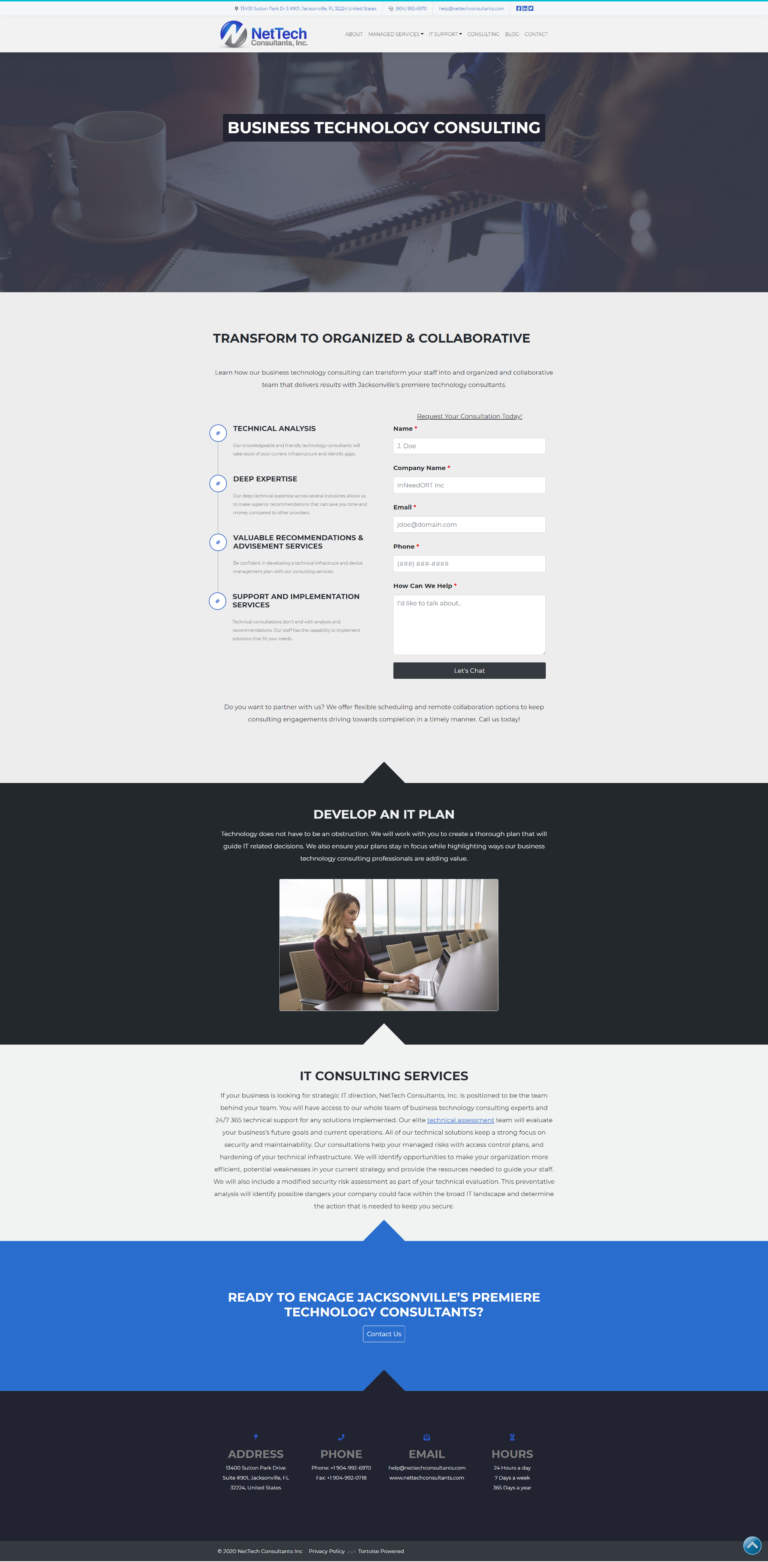
Standard landing page for a managed service provider
PPC Landing Page Template
One of the biggest gaps I see when working with a new client is often the lack of PPC (Pay Per Click) dedicated landing pages. A website with header navigation, footer navigation, internal linking, etc, presents all sorts of choices for a visitor. A website is a catch-all destination for multiple channels including social, SEO, and referrals and serves as a way for people to passively learn more about your company. When you’re doing paid advertising though, conversions are king. We know people have some sort of intent just by the very nature of their visiting a PPC page, and you need to capture that intent by driving conversions.
A PPC dedicated page needs to be restricted to 2 choices, convert or don’t. A PPC template will have no header, no footer, no internal linking, and ideally one primary call to action (i.e. call now, signup now, start your free trial, contact form)
Setting up a PPC-dedicated landing page template is an essential part of a high-performing WordPress website.

No header, no footer, no internal links
Blogroll Template
The blogroll or the main blog page is an essential template in WordPress and should be focused on helping users connect to the content that they want to read. Promote new posts and top posts. Depending on the size of the blog it may make sense to provide more advanced navigational features such as categories and tags or to provide a site search feature.
Good blogrolls are excellent intermediary pages that encourage further reading. If your blogroll has a high exit rate in your analytics, something has gone wrong.
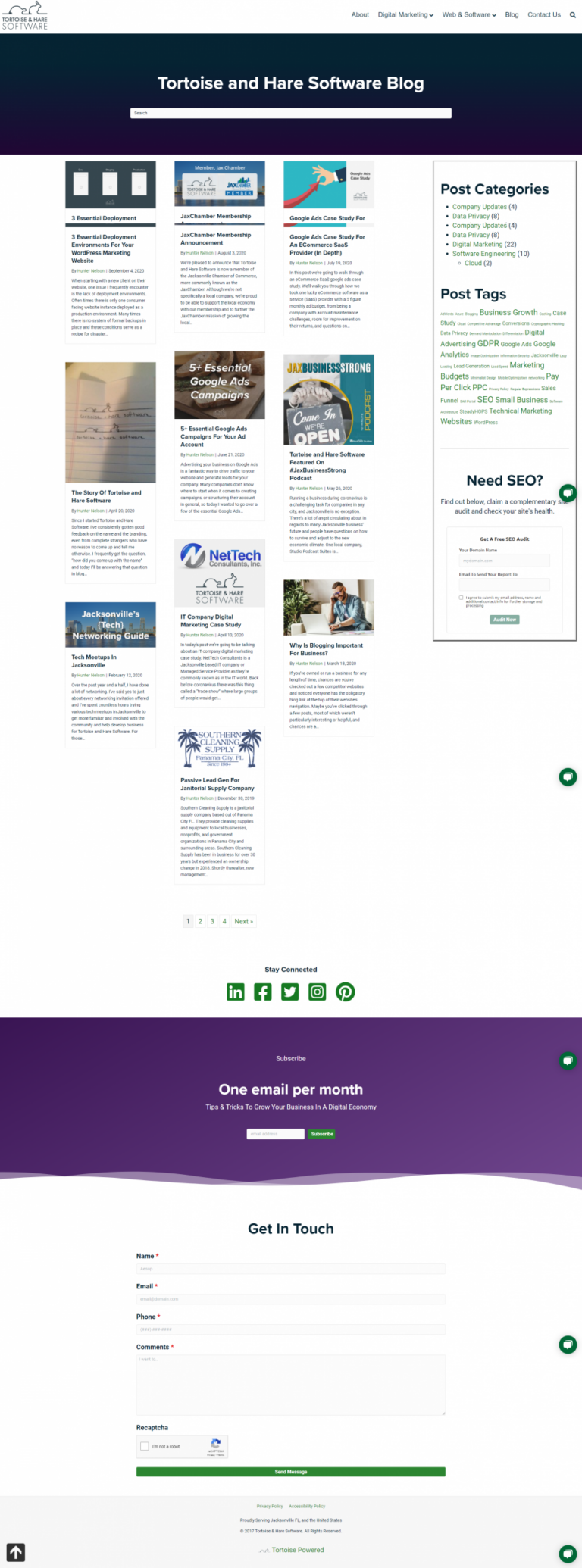
Category and Tag Page Templates
As a WordPress site grows and the volume of blog posts grows within the site, the need to group posts into categories and tag them with the topics they describe grows. A category or tag template will have a similar look and feel to a blog roll page, but with a filtered set of posts belonging to that category or tag. Additional features can be added to these pages depending on the topics covered and the nature of the business. These are also intermediary pages, where the goal is to achieve a click-through to continue reading additional posts. Good category and tag pages are a function of a good librarian that knows how to create an effective content grouping. These pages can be dynamite for SEO in a well maintained site.
Categories and tags are an often overlooked feature, and the value of them is rarely understood by business owners. However, the taxonomy they provide is one of the key reasons to choose WordPress in the first place and one of the key contributors to WordPress’s scalability.
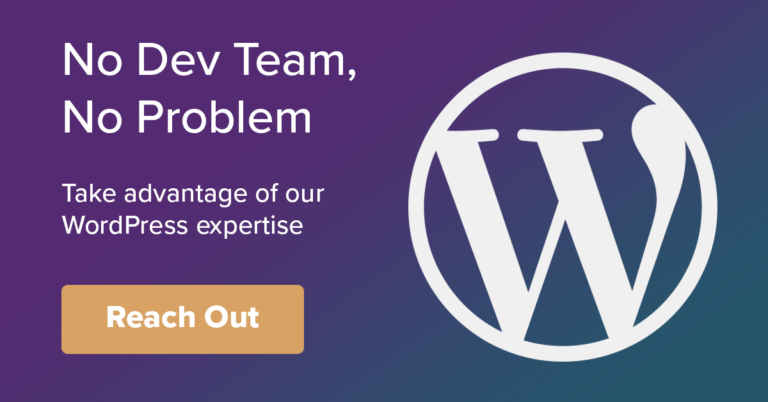
Single Post Template
For many companies, the bulk of their search engine traffic will come from articles written on their blog. Because of this, a single post template is one of the more important page templates that require a design in WordPress.
Single posts are typically pretty basic, but have important SEO considerations that help maximize the ranking power of individual posts that are easy to overlook for the inexperienced agency.
404 Page
A 404 is an error code returned by web servers when a page is not found on a website. In a perfect world, there won’t be any 404s on your website because every previously existing page will be redirected to a closely relevant page on your website.
If you have an SEO (search engine optimizer) working to maintain your site on a regular basis, that might be the case, but even that is unlikely. The average WordPress website is probed for vulnerabilities from pretty much the second it goes online, so there are 404 errors generated pretty much nonstop and it can be difficult to distinguish between what is a legitimate 404 error that needs to be redirected vs. what is a bot crawling your website looking for known vulnerabilities in a theme you probably don’t even use.
There are many other situations that can result in a bad URL, including users just typing the wrong one in. 404s will happen. Enter, the 404-page template.
A solid 404 page is an effective way to “recover” traffic from real human visitors that ordinarily would have resulted in a bounce by simply providing suggested content and/or ways to locate what they may have been looking for.
This is one of those templates that can provide immense value over time and that tends to be skipped out on by theme developers, agencies, and web developers alike. Don’t let that be you!
A 404 is also a really fun place to get a little creative. Put a little fun in your brand with a custom illustration or a fun photo and interrupt the pattern of what to expect while web browsing. Check out of some of these examples of killer 404 pages from leading brands.
Search Page
If you’re building a brand new website, a search page is probably something you can circle back to later, but in my experience, later never comes. So, you might as well tackle it as part of your next website rebuild and incorporate site search as part of a good user experience up front.
Search pages don’t have to be complicated to be effective. Google has proved that time and again, but a little creativity doesn’t hurt either.
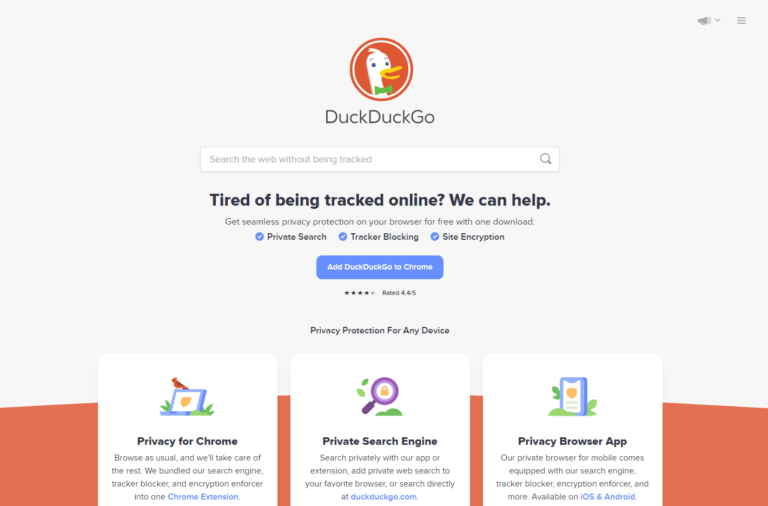
Search Results Page
One of the best things about setting up site search is the SEO benefits that can come from people actually using the site search feature out in the wild. Site search in WordPress is done via an HTTP GET and Query Parameters, which means that your search results pages can be indexed.
Who doesn’t love free pages in Google’s index that you didn’t even have to build, just because a user searches for a term on your website? Search results pages can be a very powerful feature. Like a blogroll page, these pages should encourage people to find the content they are looking for and browse around your website to their next destination.
Bonus tip: Set up site search tracking in Google Analytics to get insights into what the search queries are that people are using when browsing your website. Reviewing this report can serve as inspiration for your next blog post!
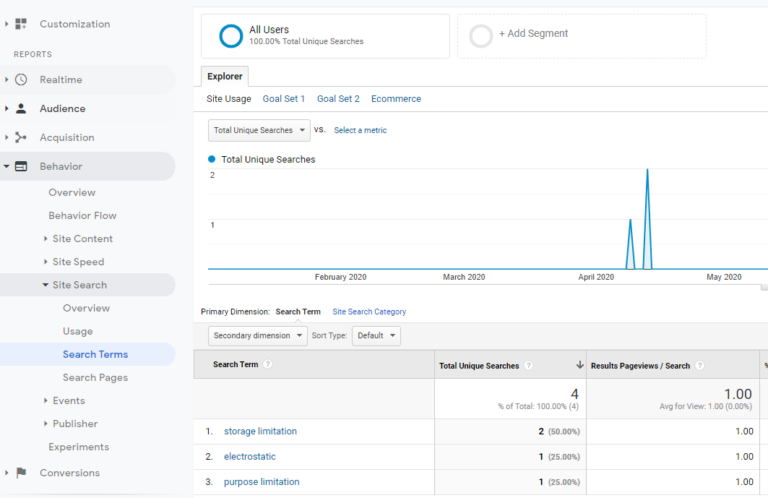
Wrapping Up Your WordPress Website
Whew! There’s more to an effective WordPress website than meets the eye. We’ve covered a lot in this post, but I hope that you’ve been educated with the tools you need to successfully procure a website for your technology company. With nearly 13 essential design items to think about before you even start talking site content, it’s no wonder quotes and results can vary wildly out in the wild. As a review, you need to consider at minimum a:
- Header
- Footer
- Home Page
- About Page
- Contact Page
- Inner Page Template
- PPC Landing Page Template
- Blogroll Template
- Category/Tag Page Template
- Single Post Template
- 404 Page
- Search Page
- Search Results Page
Making sure that effective designs and implementations of these elements on your website are in place is a great step towards creating a high-performing WordPress website for your business. Working with an experienced agency can make your life a whole lot easier in the future and help ensure that there’s a return on the investment in your digital infrastructure.
We hope you found this post informative and that you learned a thing or two. Questions, thoughts? Leave a comment below and start the conversation.


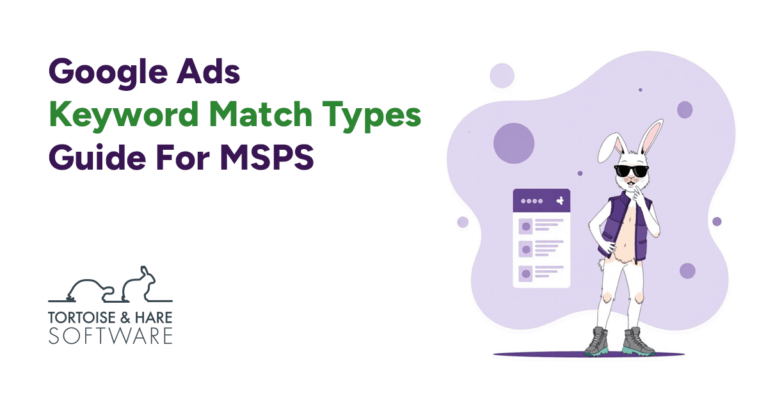
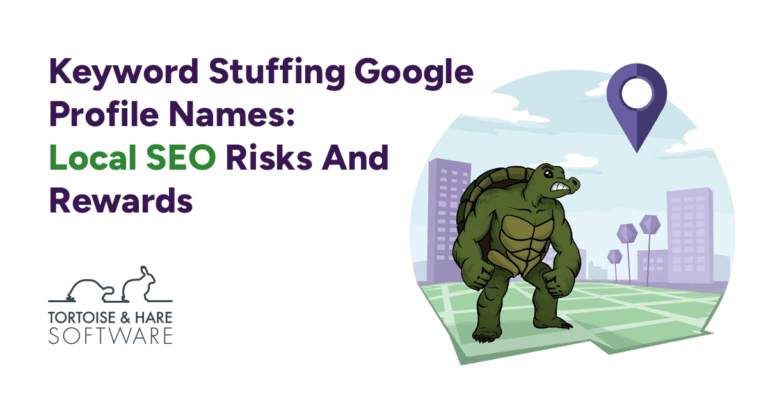

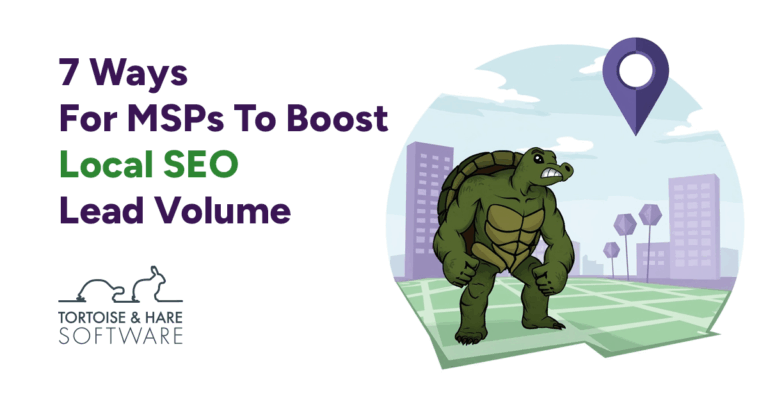
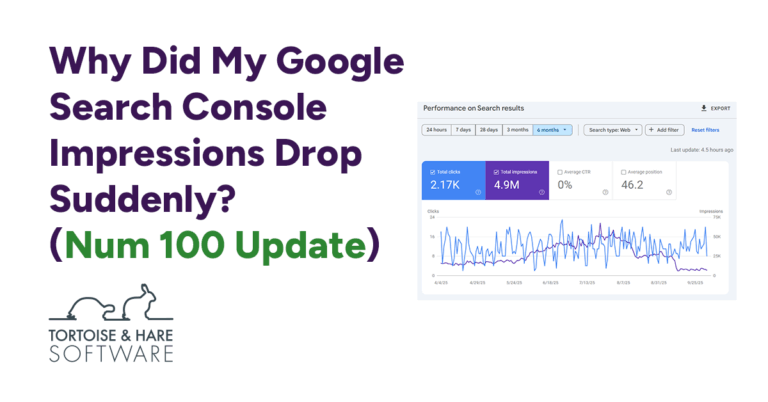
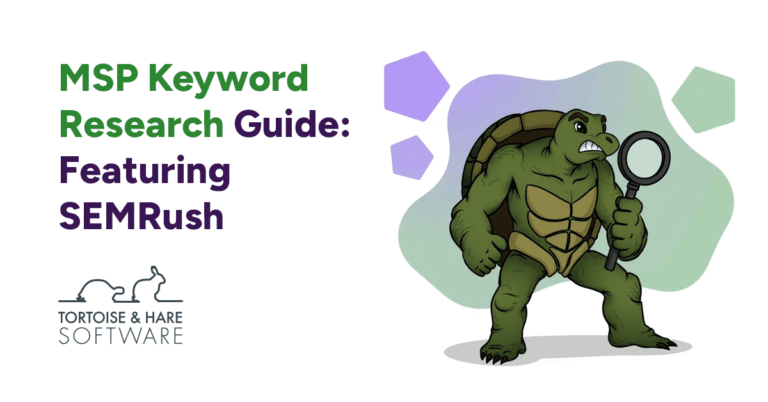


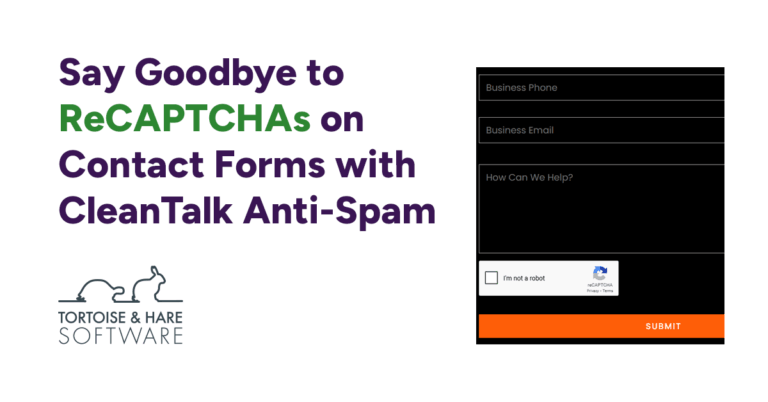

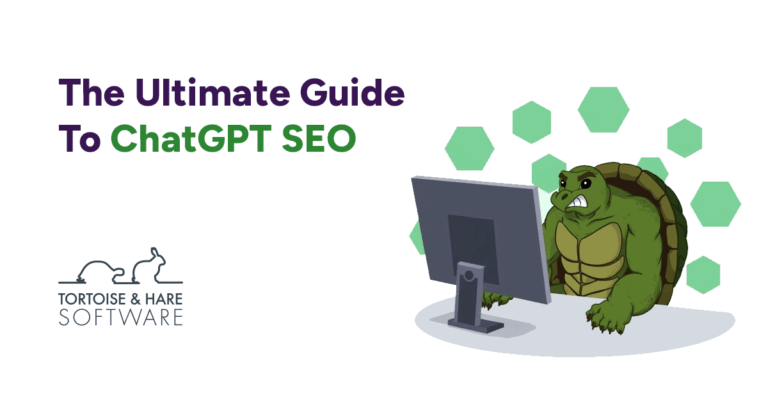
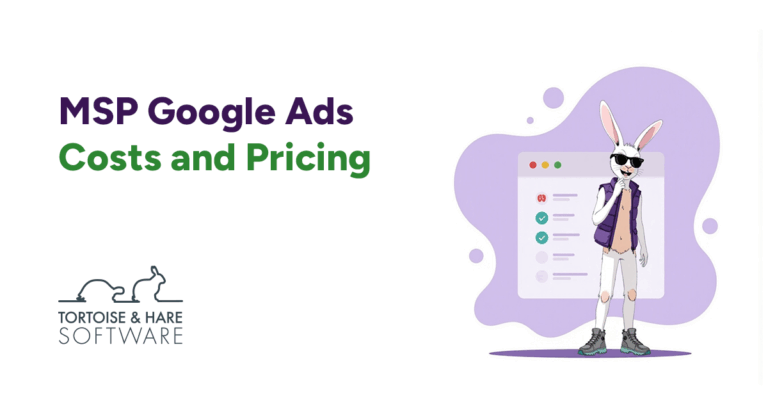

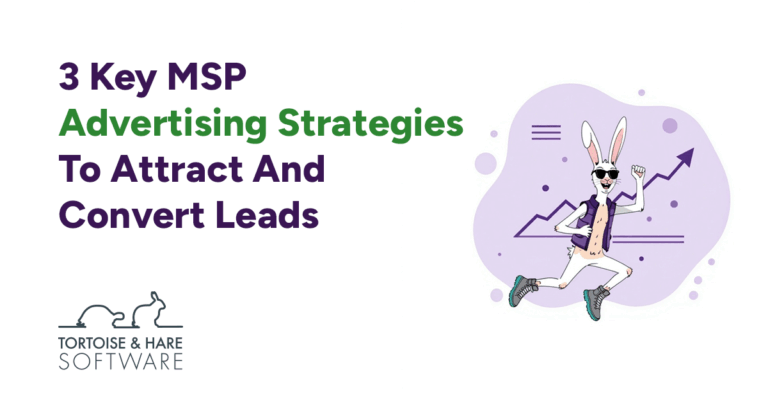
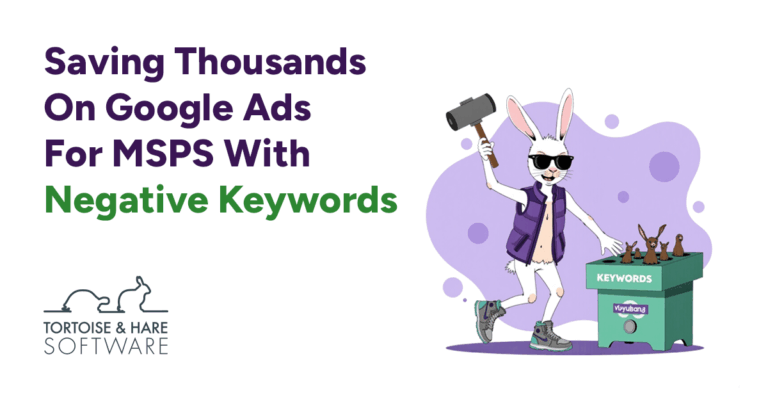
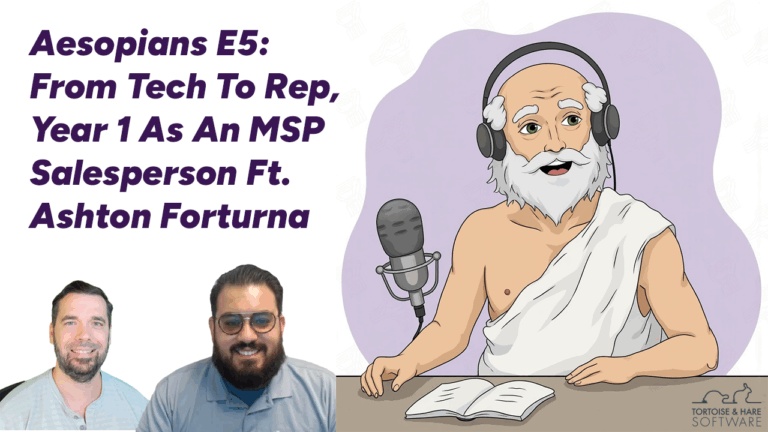

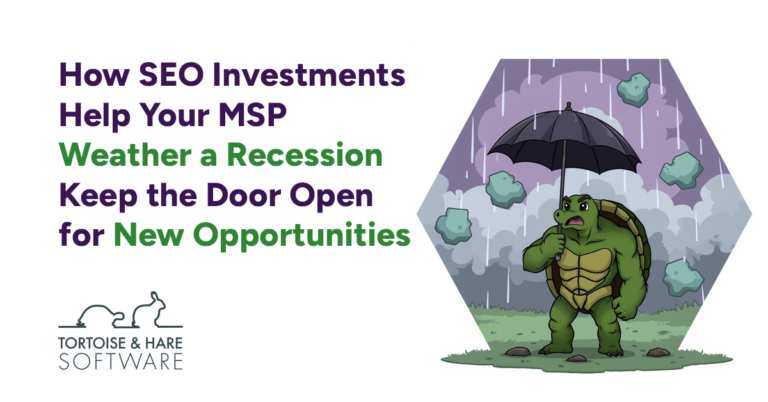
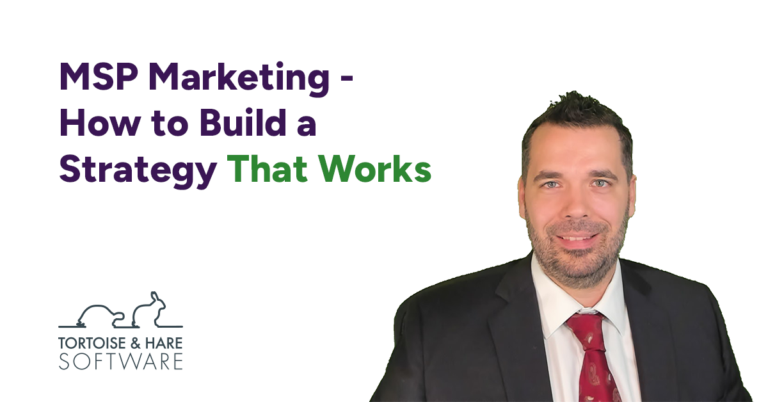

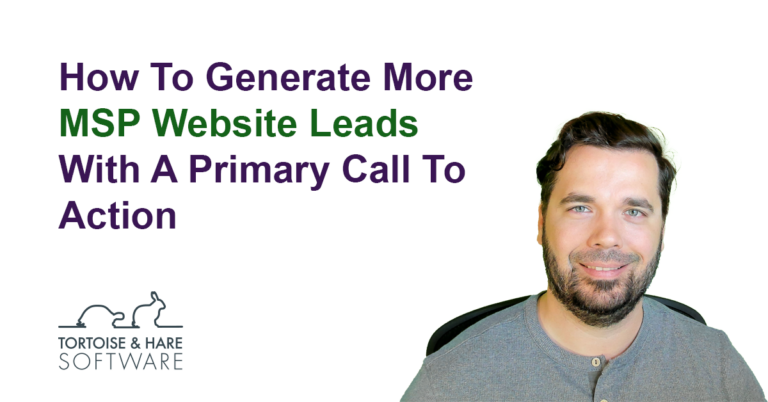

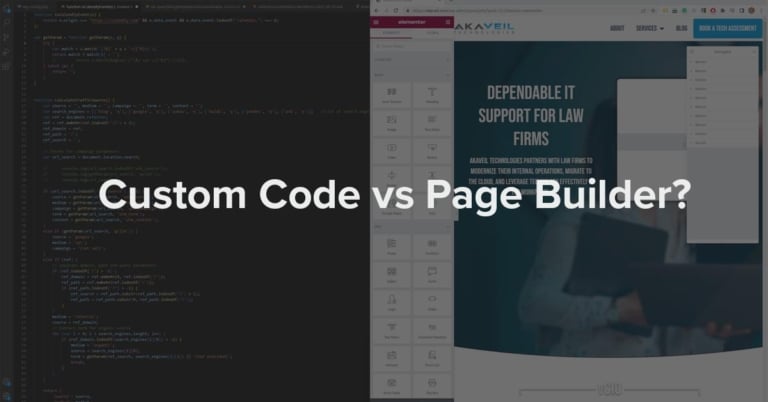

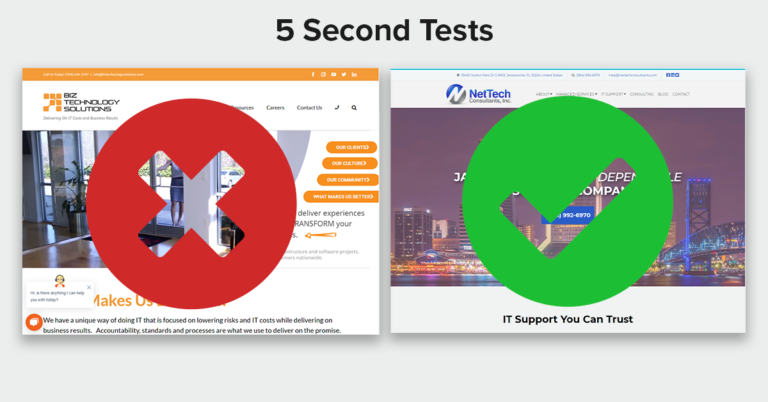

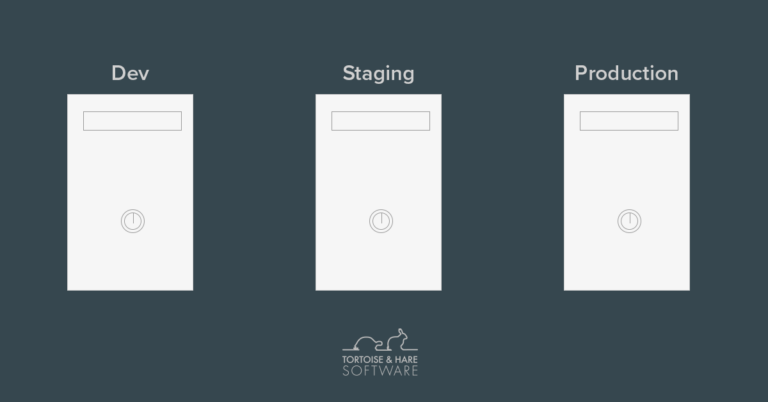

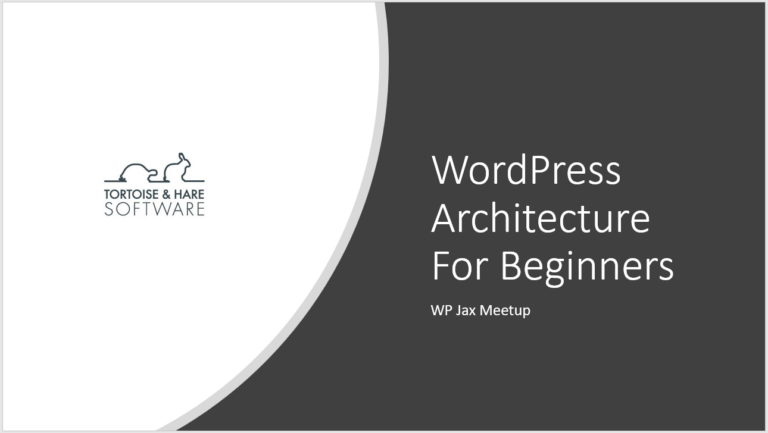



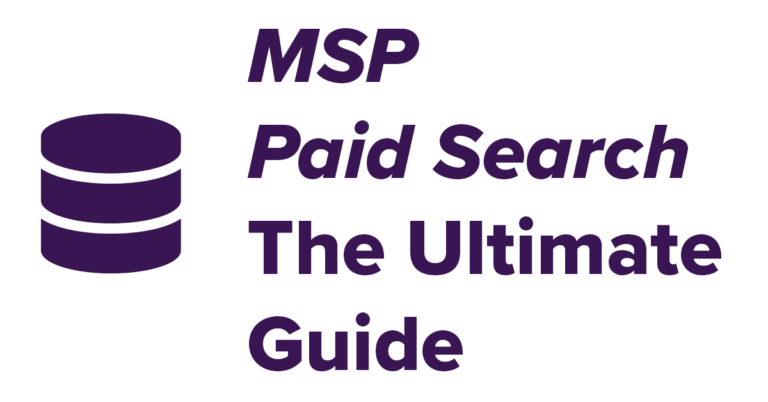
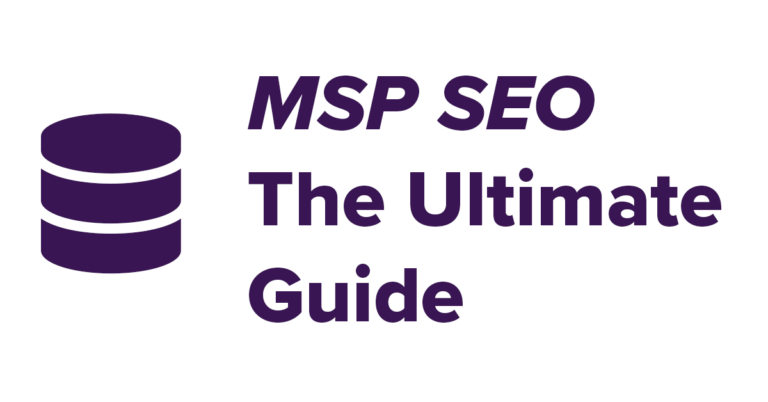


Leave a Comment